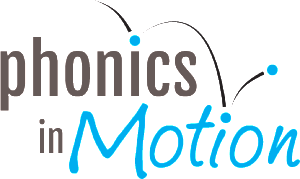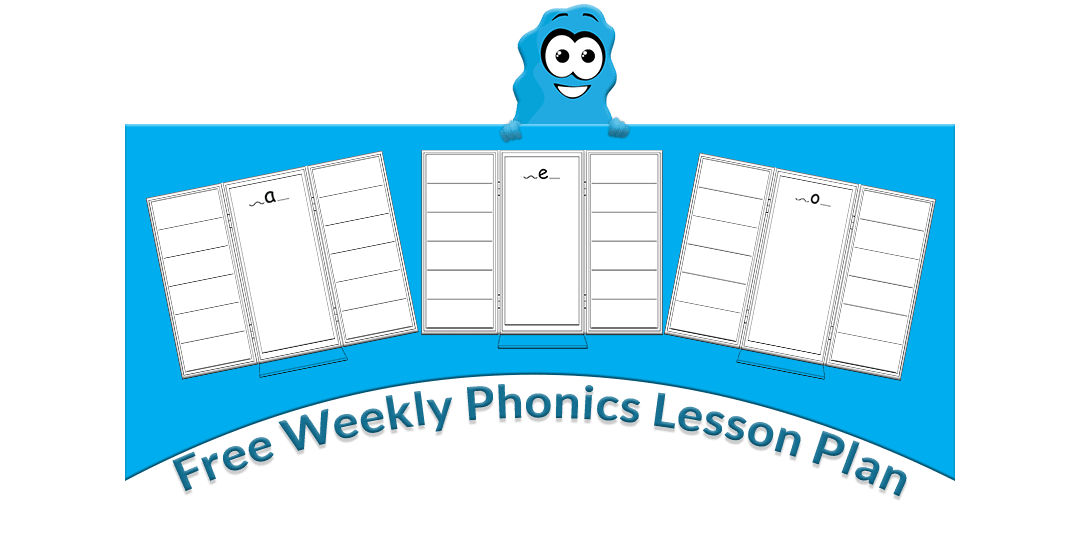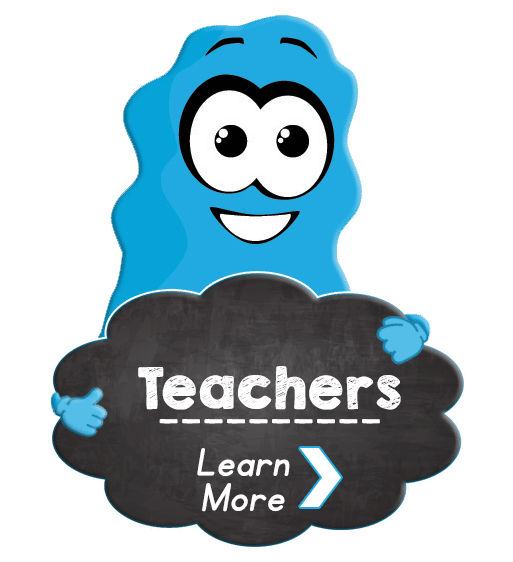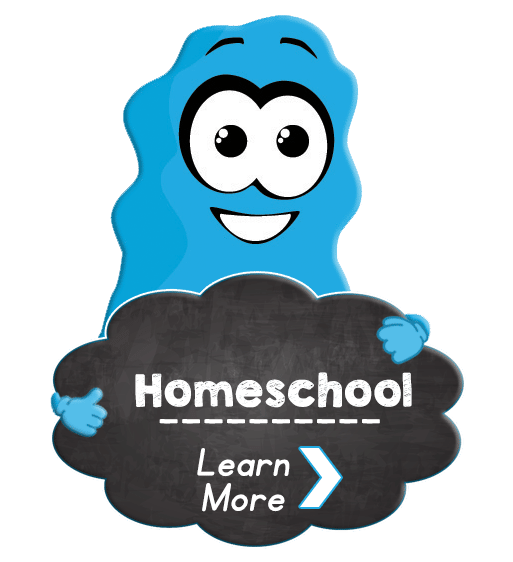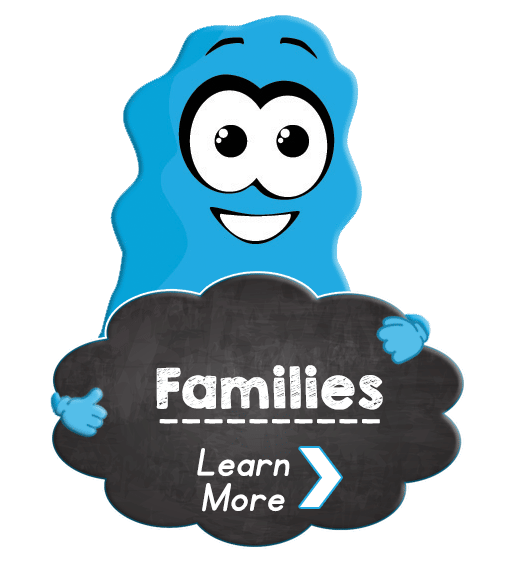The 5 Pillars of Early Literacy
Primary teachers spend most of their day teaching literacy, and for good reason. Research shows that children’s early experiences with print are critical in developing their language and literacy skills. Surprisingly, there is little discussion about what it means to teach reading or how to teach early reading skills.
Some people think that learning to read is like a puzzle, where the child has to put together all the pieces of sounds and words before they can begin to enjoy reading. But research shows that kids should learn to read in a holistic approach where they make connections between the five pillars of early literacy: phonological awareness, phonics, fluency, vocabulary development, and comprehension.
What Are The Pillars of Early Literacy?
Early literacy is the knowledge and skills young children need to become successful readers and writers. Before children learn to read and write, they must develop the necessary skills to support those abilities. These skills are known as the pillars of early literacy.
Phonemic Awareness
Phonemic awareness is the ability to hear, identify and manipulate basic sounds, called phonemes, in spoken words. Phonemes are the smallest units making up spoken language.
Phonemic awareness is a reasonably complex skill. It is not an understanding of letters or letter patterns (that’s phonics). It is an understanding that there are smaller sounds in words (phonemes) that distinguish one word from another.
Phonemic awareness includes skills such as blending phonemes together to make words, counting phonemes in words, identifying the position of a phoneme in a word, deleting/adding a phoneme to make new words, and segmenting a word into its separate phonemes.
Developing this skill is an integral component of early reading. It is the ability to think about and play with the separate sounds in spoken words (phonemes).
Phonemic awareness is a key predictor of success in learning to read. Phonemic awareness tasks require children to focus on and manipulate individual sounds in spoken words.
For example, children need to be able to identify the first sound in bat or the last sound heard in top.They also need to be able to blend individual sounds together (e.g., /b/ /a/ /t/ = bat), substitute one sound for another (/p/ for /b/ in bat = pat), delete a sound from a word (/bat/ without /b/ = at), or add a sound to a word (bat + /s/ = bats).
Vocabulary
Vocabulary development is an important pillar of early literacy that helps children understand words and language. Vocabulary development starts in infancy when babies listen to adults using different tones of voice or languages. Vocabulary grows as children listen to stories, songs, and poems.
When a child has an extensive vocabulary, it helps them with reading and writing because they have more words that can help them make sense of what they read or write.
When it comes to reading and writing, vocabulary is an important component of a child’s success. Having a large vocabulary can help in reading comprehension, writing, and speaking. This is why it is so important that we as teachers make sure that our students are building up their vocabulary from an early age.
So, what is vocabulary? Vocabulary is words that we know—knowing a word means that you know its meaning, spell it correctly and pronounce it correctly.
For children to become fluent readers and writers, they need to have a large vocabulary. Kids who have large vocabularies tend to be better readers than those with smaller vocabularies.
Fluency
Fluency refers to the ability to read a text accurately and quickly.
To understand what they are reading, children need to be able to read fluently. Fluency is the bridge between vocabulary and comprehension.
A lack of fluency can affect a child’s motivation to read and make reading seem like hard work. If a student struggles to decode words, they may become frustrated, lose interest in reading, or avoid challenges by choosing books below grade level or by using decoding strategies such as guessing from context clues or looking at pictures to gain meaning from text rather than from decoding words.
Reading should be enjoyable for students. When taught properly, students should enjoy their time spent reading because they can understand what they read, and it does not feel like hard work.
Fluency is a key component of reading proficiency. A child who is not a fluent reader may be able to decode words but has difficulty reading quickly enough to comprehend what he or she reads. When reading becomes fluent, children can pay attention to the meaning of their reading instead of focusing on decoding each word.
Reading Comprehension
Reading comprehension is the understanding of a written text. It involves the ability to process and make sense of what you have read. Reading comprehension is one of the most in-depth skills to develop, as it involves several processes working together.
Reading comprehension includes both vocabulary and language development and an understanding that language conveys a message. A child’s understanding of reading develops gradually over time.
Good reading comprehension skills shed light on how children understand and make sense of what they read. In other words, they help them make connections between the text they read, the world around them, and even their own lives.
A person’s reading comprehension is higher when he or she has strong prior knowledge about a topic. If a child is familiar with the subject matter, then he or she will have an easier time understanding what he or she reads.
For example, if your child reads about nature in school and you take her camping on the weekend, that real-world experience can help reinforce what she learns at school.
The best way to improve a child’s prior knowledge is to expose them to as many different experiences as possible, whether it’s playing at the park or taking a trip to the zoo.
Phonics
Phonics is a method for learning to read and write that focuses on letter-sound relationships. Children who learn this pillar of early literacy have an easier time learning how to read and spell than those who don’t.
As children begin to understand spoken words, they start to grasp that there are patterns in words. Phonics instruction helps them become aware of these patterns and make sense of them.
Phonics instruction can help children learn to read new words by sounding them out — or decoding them — and can also help them spell new words by sounding them out and writing the letters that match the sounds they hear.
The most important goal of early reading instruction is to help children develop the necessary skills and strategies so that they can begin to read independently. Using phonics or letter-sound correspondences provides children with an effective strategy for beginning reading. By teaching children how letters represent sounds, they will have a tool for decoding unknown words.
Why The Pillars of Early Literacy Matter
Each pillar of early literacy is a building block for future success in school and life. These pillars explain why certain skills are essential for reading and learning to read and how parents and caregivers can help children acquire these skills from birth.
These five skills not only help young children develop the building blocks of literacy, but they also help them learn to communicate, interact with others and cultivate a love of reading.
Reading gets a lot of attention when it comes to early literacy — and that’s important. But the five pillars of early literacy go beyond reading. They encompass everything children need to become successful readers, writers, and learners.
Connected Teaching For Reading Success
As literacy educators, we understand that reading, writing, speaking, listening, and viewing are a dynamic package. Students don’t have the luxury of learning these skill sets in isolation; they need to connect and integrate them in meaningful ways.
The reality is that most classrooms do not teach literacy this way. Many teachers rely on textbooks and worksheets to drive instruction and often focus on one or two modalities of literacy at a time.
Reading is the most important, but reading instruction is often separated from writing, speaking, listening, and viewing. Because of this siloed approach, students may not successfully integrate these five pillars of literacy.
When educators emphasize only one pillar at the expense of others, they risk producing students who are less literate — even if they are readers. For example, students will not become strong writers if they read texts only to identify themes or summarize what they read. Students will not become strong speakers if they write only to express themselves; they need to learn effective ways of communicating with a range of audiences and purposes.
In a connected approach to literacy, students balance reading, writing, speaking, and listening (and viewing) in authentic ways that support their learning across the content areas.
To ensure that students are fully literate in today’s society and to prepare them for tomorrow’s world, educators must provide instruction in all five literacy competencies.
The goal is not to teach each pillar in isolation; it is to teach them as connected competencies.
How Phonics in Motion Helps
It’s easy to think that the job of an early literacy teacher is simply to teach children how to read, but this is only one part of the story. Literacy, in its broadest sense, includes both reading and writing, and these skills are developed in primary school as part of an integrated and holistic literacy program.
As a primary school teacher, you’re responsible for developing your students’ speaking, listening, reading, and writing abilities. You’ll also be responsible for fostering a love for language and learning in your students.
We were tired of seeing students struggle with reading comprehension because they didn’t know how to connect ideas or write effectively. We wanted to build an innovative program that would engage students and give them the skills they needed to succeed in school and life.
Phonics in Motion is a whole-child approach to learning the sounds of letters and words.
In the Phonics in Motion classroom, children learn by listening, speaking, singing, reading, writing, playing games, and moving their bodies!
The program works because it taps into the power of play. Children learn new skills as they watch demonstrations and then practice themselves. And by moving their bodies and using multiple senses to learn phonics, children increase their ability to remember — and have fun doing it!
PIM is particularly effective for struggling readers because it makes learning phonics fun and engaging. It also incorporates movement as an essential part of the process so that students retain information more easily and can more effectively internalize the skills they’re developing.
Conclusion
Phonics in Motion aligns with the efforts of educators across the country who are working diligently to improve early literacy rates.
Wanting to teach students how to sound out and read words but having trouble finding the resources to make it happen? Check out how to start using Phonics in Motion in your classroom today.
